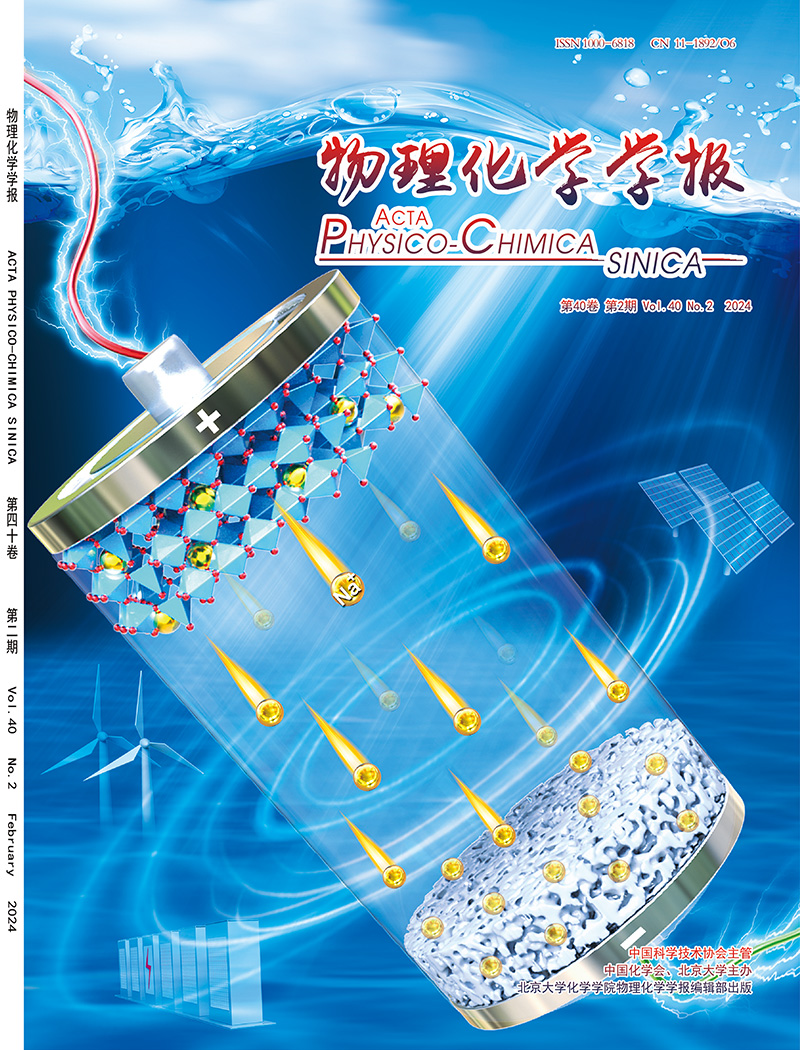高压锂电池阴极电解液界面研究进展
IF 13.5
2区 化学
Q1 CHEMISTRY, PHYSICAL
引用次数: 0
摘要
实现高能量密度电池是当前储能领域的一个重点研究方向。锂电池由于其高能量密度,在研究中受到了极大的关注。提高电池的截止电压上限,可以提高锂电池的能量密度。然而,高压条件会导致阴极材料的不可逆相变和副反应,从而降低电池性能,甚至导致安全风险,包括爆炸。电解液也会分解,在高压下造成容量损失并释放可燃气体,从而导致电池膨胀和潜在的燃烧和爆炸。在阴极表面设计理想的阴极电解质界面相(CEI)来调节电极-电解质界面反应,可以有效增强电池的循环稳定性,减少阴极的不可逆相变,提高电解质的氧化稳定性。理想的CEI应具有高离子电导率,高热稳定性,并应尽量减少界面副反应,以确保最佳的电池性能。了解CEI的形成和发展对提高电池在高压下的性能至关重要。除了制造人工CEI之外,修改电解质也得到了极大的关注。通过改变电解质配方,可以获得理想的CEI。电解质工程被认为是获得理想CEI和提高高镍正极稳定性的有效策略。这种方法简单,成本效益高,有望在锂电池中实现更高的能量密度。为了更好地理解锂离子电池中的CEI,本文综述了CEI的最新研究进展,包括CEI的形成机理、影响CEI的关键因素、修饰CEI的方法以及表征CEI的技术。此外,总结了人工CEI的发展现状和通过电解液设计原位产生CEI的现状。目的是为今后高压电池CEI的研究和设计提供基础指导。最后,文章概述了改性CEI在电解质工程中的机遇和挑战,指出了构建理想CEI的未来方向。本文章由计算机程序翻译,如有差异,请以英文原文为准。

Research progress on cathode electrolyte interphase in high-voltage lithium batteries
Achieving high energy density batteries is currently a key focus in the field of energy storage. Lithium batteries, due to their high energy density, have garnered significant attention in research. Increasing the upper limit of the battery's cut-off voltage can boost the energy density of lithium batteries. However, high-voltage conditions can lead to irreversible phase transitions and side reactions in cathode materials, which can degrade battery performance and even result in safety risks, including explosions. The electrolyte can also decompose, causing capacity loss and releasing flammable gases when subjected to high voltage, which can lead to battery swelling and potential combustion and explosions. Designing an ideal cathode electrolyte interphase (CEI) on the cathode's surface to regulate the electrode-electrolyte interface reaction can effectively enhance the cycling stability of the battery, reduce irreversible phase transitions in the cathode, and improve the oxidation stability of the electrolyte. The ideal CEI should possess high ion conductivity, high thermal stability, and should minimize interface side reactions to ensure optimal battery performance. Understanding the formation and development of CEI is crucial for enhancing battery performance under high voltage. Apart from creating artificial CEI, modifying electrolytes has gained significant attention. By altering the electrolyte recipe, an ideal CEI can be achieved. Electrolyte engineering is considered an effective strategy for attaining an ideal CEI and enhancing the stability of high nickel positive electrodes. This approach is simple, cost-effective, and holds great promise for achieving higher energy density in lithium batteries. To provide a better understanding of CEI in lithium ion batteries (LIBs), this article reviews the latest advancements in CEI, including the formation mechanism of CEI, the key factors influencing CEI, methods for modifying CEI, and techniques for characterizing CEI. Additionally, it summarizes the current status of artificial CEI development and in situ CEI generation through electrolyte design. The aim is to offer fundamental guidance for future research and the design of high-voltage battery CEI. Finally, the article outlines the opportunities and challenges in electrolyte engineering for modified CEI, pointing towards the future direction of constructing an ideal CEI.
求助全文
通过发布文献求助,成功后即可免费获取论文全文。
去求助

 求助内容:
求助内容: 应助结果提醒方式:
应助结果提醒方式:


